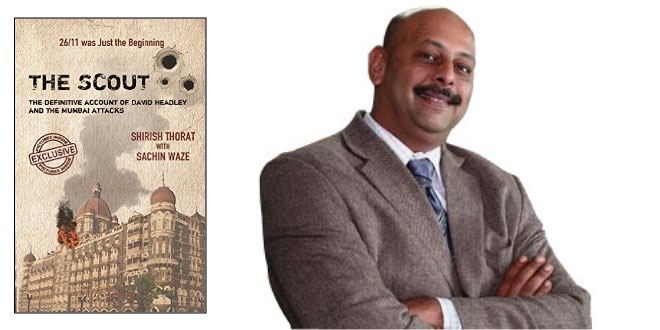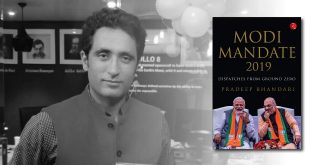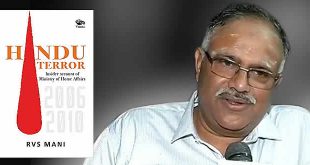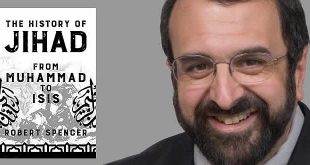Pages: 232
Price: Rs. 399
What kind of a person can coolly go around a bustling metropolis with the hidden objective of reconnoitering a series of high profile and bustling targets for a relentless, unconscionable carnage and strike up acquaintanceship with those who might well figure among the victims? Daood Sayeed Gilani alias David Coleman Headley for one.
Many details are now known of the Pakistani-American Lashkar-e-Taiba operative with the mismatched eye pupils who laid the seeds of the 26/11 Mumbai attack, by providing the terror outfit with detailed inputs and hours of footage of the iconic and well-frequented targets, including the Taj Hotel, the Leopold Cafe and even the hard-to-find Chabad House.
But as the attack was being directed by LeT commanders, why was Headley not invited to the “command centre” and his calls fobbed off. Finally arrested by the US authorities, he escaped the most serious punishment. Indian access, once granted, was extremely limited. (Until recently, when all sorts of disclosures are coming after he became an approver).
Where did his primary allegiance, if any, lie, and was there more he did that we don’t know about – yet?
This is what former police officers Shirish Thorat and Sachin Waze try to do deal with this in this book – a riveting account of the preparations for the dastardly attack, their bloody unfolding, and a tantalising bit of the aftermath – with the ominous tagline “26/11 was just the beginning”.
The real truth behind the planning and preparation of 26/11 may never be known, but the duo present a most plausible reconstruction of it, though admitting that “at the end of it all, we knew what had happened and in what sequence and like all events there were some things which we could prove and some things that we could not. This narrative is a combination of verifiable facts and a professional’s estimate of what happened and how”.
Thorat, an expert on terrorism and money-laundering, and Waze, who has experience of operating on Mumbai’s mean streets, has helped authors such as Adrian Levy (co-writer of “The Siege: The Attack on the Taj”), Jason Burke and S. Hussain Zaidi, and is himself author of a Marathi bestseller about 26/11, succeed quite well.
Whether it is the meeting at LeT’s sprawling headquarters at Muridke near Lahore when Hafeez Saeed gives the go-ahead to Zakiur Rehman Lakhvi (here strangely rendered Zakirur), their observations of their relations with the ISI, the attackers’ training in Muzaffarabad, the planning sessions, they all seem based on notes taken by an observant participant and and reads no less than an engrossing thriller.
Likewise is the appearance of Headley himself in the third chapter, through his ISI handler ‘Major Iqbal’ reading about his background from his file, after having “poured two fingers of Jim Beam into a gleaming crystal glass and followed it up with soda and a splash of water” and having lit a cigarette and taken a “few meditative drags”.
But it is the attack itself and the response of police force and some ordinary – and not so ordinary – citizens that sets the book apart. Whether it is junior officers and constables rushing to confront heavily-armed terrorists with their vintage – and unequal – weapons, the CST announcer who risked his life to warn away commuters, the beggar woman’s selfless act, countless hotel employees who escorted patrons to safety, the doctor who worked overtime, and finally, the armed forces. This has been gone over in news reports and earlier works but still remains the actual legacy.
This is however also the point when the plot is lost. There are a few matters which are raised but not adequately cleared up – like why the decision to put Rakesh Maria in charge of the control room came in for criticism later- but the vignettes of the aftermath, tantalising as they are, end without any full closure, while making a avoidable goof-up as to then union minister P. Chidambaram’s designation.
This may not yet be a definitive account, as flagged, of Headley but gives an unforgettable view of an “extraordinary maverick chameleon character who only served himself despite professing multiple allegiances (Levy)”, and the attacks he helped arrange. As such it is a valuable addition to the corpus on this watershed occurrence.
 Kids Portal For Parents India Kids Network
Kids Portal For Parents India Kids Network







